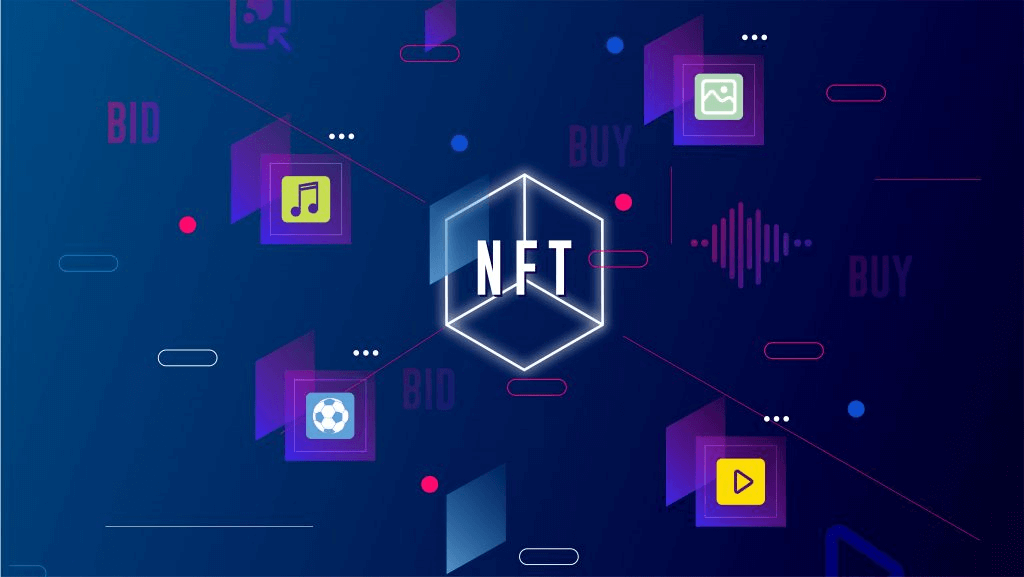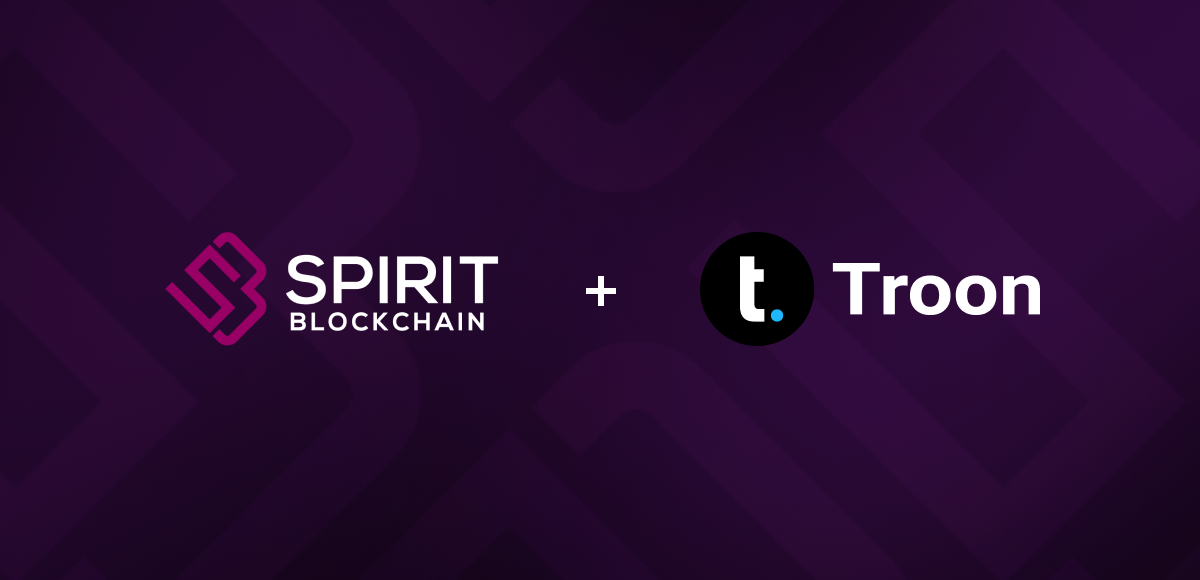The financial ecosystem has been experiencing a revolutionary transformation over the past decade. This seismic shift can be attributed to the rise of blockchain technology and the advent of digital assets, which are altering the way we perceive, conduct, and manage financial transactions.
6 Ways Blockchain and the Digitization of Real World Assets are Reshaping the Financial Ecosystem
Decentralization
Blockchain eliminates the reliance on intermediaries in financial transactions. This decentralized structure reduces costs and facilitates more accessible financial services. It also opens up opportunities for peer-to-peer transactions, thereby cutting out middlemen and reducing fees.
Transparency
The core feature of blockchain is its transparency. The ledger is public and immutable, ensuring that all parties involved can view and verify transactions. This transparency enhances trust and accountability in the financial ecosystem.
Security
Blockchain technology’s cryptographic principles are designed to enhance the security of financial transactions. When implemented correctly, it offers a high level of protection against fraud, hacking, and unauthorized access.
Efficiency
Blockchain streamlines financial processes, automating many aspects of transaction execution and settlement. This automation reduces errors, speeds up transaction times, and ultimately leads to significant cost savings.
Innovation
Blockchain’s arrival has fueled a wave of innovation in the financial sector. Smart contracts, decentralized finance (DeFi) platforms, and non-fungible tokens (NFTs) are just a few examples of groundbreaking applications that have emerged, enabling new financial products and services.
Financial Inclusion
Blockchain and digital assets have the potential to extend financial services to underserved populations worldwide. This is particularly important for individuals who lack access to traditional banking infrastructure, offering them financial services they were previously excluded from.

A Case Study: Real Estate Tokenization
To illustrate the transformative power of blockchain and digital assets, let’s consider a specific application: real estate tokenization. This innovative process involves converting physical real estate assets into digital tokens on a blockchain, thereby allowing properties to be divided into smaller, more liquid units. Here are a few examples of the exciting benefits:
 Increased Liquidity
Increased Liquidity
Real estate is traditionally deemed an illiquid asset due to lengthy sales processes. However, tokenization increases liquidity by enabling the trade of property tokens on secondary markets, eliminating the need for time-consuming property sales.
 Broader Accessibility
Broader Accessibility
Real estate investment has typically been reserved for those with substantial capital. Tokenization changes this by allowing fractional ownership, breaking down the barriers to entry, and making it accessible to a broader range of investors.
 Transparency
Transparency
The blockchain ledger ensures transparency by recording all property data and transactions, instilling trust and confidence in the investment.
Globally, companies are making the real estate tokenization a reality:
In 2018, Elevated Returns tokenized the St. Regis Aspen Resort, offering 18.9% ownership via tokens on the Ethereum blockchain. Templum Markets facilitated the sale through an SEC-registered platform. The tokenized asset is part of a real estate investment trust (REIT), providing tax efficiency and enabling peer-to-peer investing.
A Swiss property with 18 flats and a restaurant was tokenized for $3.2 million USD using Ethereum in 2019. The token sale was a Security Token Offering, representing property ownership under Swiss law. Stablecoin CryptoFranc (XCHF) minimized volatility risks during the transaction.
A Manhattan condo complex was tokenized in 2018 on the Ethereum blockchain, offering digital ownership in a completed 12-unit construction. Investors could choose between digital or analog interests in the securities, allowing for potential profits from both trading tokens and rental income.
In 2020, a Zurich property worth $135 million was tokenized by BrickMark on Bahnhofstrasse. The transaction involved a property expansion plan and the seller, RFR Holding GmbH, retained a 20% share in Bahnhofstrasse AG.
The AnnA Villa in Paris became Europe’s first property sold entirely through blockchain for €6.5 million in 2019. The sale involved dividing the property into tokens and trading individual shares in the building for €6.50 each.
A historic building in Lueneburg raised $1.5 million through tokenization. The tokens attracted diverse investors and offered an interest rate of 5% per annum, preserving heritage while allowing investors to profit.
As blockchain technology continues to evolve and mature, we can expect to see even more significant alterations in how financial services are delivered and accessed, from banking and lending to investment and asset management. Staying informed and vigilant is crucial for both investors and businesses looking to harness the power of blockchain and digital assets in this ever-evolving landscape. The future of finance holds great promise, and it is being shaped by these innovative technologies.
 November 28, 2023
November 28, 2023 





